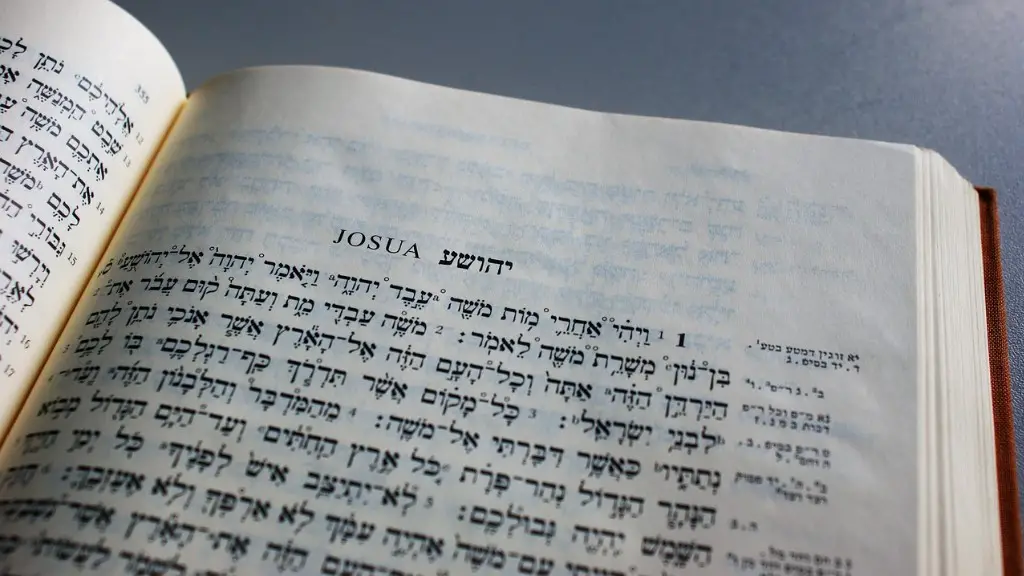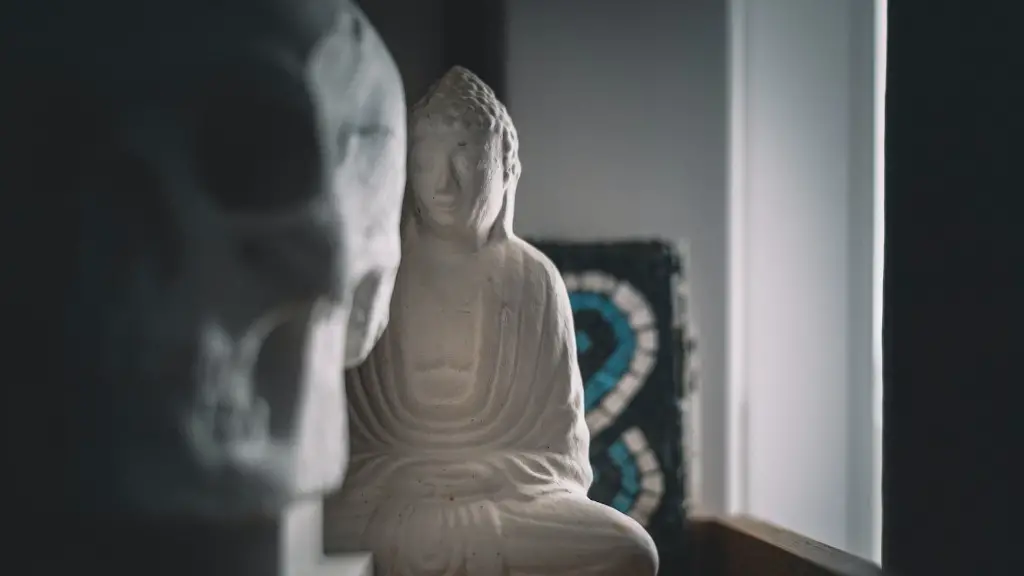What Is The Shema In Judaism?
The Shema is a fundamental prayer in Judaism. It is the centerpiece of the daily morning and evening prayer services and is also part of the evening prayer on Shabbat and holidays. The text of the Shema is found in Deuteronomy 6:4-9, 11:13-21, and Numbers 15:37-41. It is also referred to as the Shema Yisrael (“Hear, O Israel”) and is believed to be one of the oldest and most important prayers in Jewish tradition.
The Shema consists of three brief but powerful statements of faith in the oneness of God, followed by a call to express commitment to God’s commandments. The first statement proclaims the unity of God, the second states that God is the only God, and the third calls for loving God with all our hearts and souls. The second and third phrases of the Shema are often omitted from the daily morning prayers.
The Shema is believed to have originated as a declaration of faith by the Israelites during their journey from Egypt. As such, it was a statement of commitment to the observation of the laws of the Torah. Over time, the Shema developed into a central prayer for the Jewish people, expressing the fundamental tenets of their faith.
The Shema is recited with great solemnity, often accompanied by a bow or a prostration. It is preceded by blessings in which the worshipper acknowledges God’s power to deliver the world from all evil. The Shema is also recited as part of many life-cycle events such as circumcision, conversion, and marriages.
To many Jews, the Shema represents the whole of Jewish theology in a nutshell and encapsulates the obligations of Judaism. It stands as a beacon of hope in times of persecution, when it is seen as a glorification of the name of God and a symbol of His unity.
In modern times, the Shema has become a popular prayer of thanksgiving and reflection. It is often used to express the core values of Judaism, including the principles of justice, charity, humility, and faith in God. It serves as a reminder of the importance of living a life in harmony with the teachings of the Bible and the rabbinical tradition.
Living The Shema Today
For Orthodox Jews, the Shema is recited twice daily, in the morning and in the evening, as part of the morning and evening prayer services. It is also meant to be said whenever one feels the need for strength, courage, and personal comfort. In many homes, families recite the Shema together as a way of expressing their bond and love.
In modern times, the traditional words of the Shema have taken on a new significance, reflecting the societal and cultural changes of the past century. Today, the Shema is often seen as a symbol of commitment to the values of pluralism and tolerance, as well as a call to respect the dignity and worth of all human beings.
There have been various interpretations of the Shema over the years, but its essential meaning is clear: God is one, as are His commandments and obligations. In short, the Shema invites us to be part of a single, unified community that celebrates and upholds the intricacy and beauty of the world.
The Ethics of The Shema
The Shema is more than just a prayer; it is a statement of faith and of the ethical obligations that come with that faith. This is the foundation of Judaism, and is the source of our moral and social teachings.
The Shema states that God created the world in accordance with its inherent sense of justice, requiring us to uphold this justice and act accordingly. In addition, it declares that we must live lives guided by the spirit of the Torah and serve God with full commitment and devotion. It serves as a reminder of our purpose and of our ultimate goal, which is to create a better world for ourselves and for others.
In practical terms, this entails following the laws and customs of the Torah, engaging in the study of its teachings and principles, and embodying the values of the Torah in our daily lives. It also calls for respect for all human beings and for the sanctity of life.
The Power of The Shema
The Shema is not just a source of inspiration and ethical guidance; it is also a powerful source of strength, courage, and hope. The Shema has the power to transform lives, providing the courage to overcome fear and despair and inspiring each generation to serve God and work to bring about a better future.
The Shema is a reminder that we are all part of something greater. It reminds us to celebrate diversity and to strive for peace and harmony in our daily lives. It is a reminder that we serve not just ourselves, but that we are also servants of God and of the entire world.
The Significance Of The Shema
The Shema is a powerful reminder of the centrality of faith in Judaism and the importance of observing the laws of the Torah. It is a source of comfort and strength in times of distress and despair, and it serves as a call to action in times of joy and bounty.
Moreover, the Shema serves as a clear articulation of the basic principles of Judaism, emphasizing the oneness and power of God, while providing a spiritual framework to guide our lives. As such, it is central to the individual, communal, and spiritual lives of Jews throughout the world.
The Meaning Behind The Words of The Shema
The words of the Shema contain deep meaning and remind us of the fundamental beliefs of Judaism. The declaration of the Oneness of God reminds us of the unity and interconnectedness of all things, as well as our shared transcendent source. In addition, the call to serve God with our hearts, souls, and strength emphasizes the need to nurture our spiritual selves, to be kind and loving to one another, and to strive for justice and peace in the world.
The meditation on the Shema is a spiritually enriching and inspiring experience. The Shema is a reminder that our ultimate purpose is to glorify God and contribute to His world. In so doing, we can help build a future of harmony and justice for all.
The Mysticism of The Shema
The Shema has a deep connection to Kabbalah and Jewish mysticism. Kabbalists believe that the Shema contains hidden meanings and powerful spiritual energies, which can be accessed through meditation, contemplation, and prayer. It is believed that studying and reciting the Shema can open us up to a deeper understanding of our connection to God, enabling us to experience a feeling of spiritual wholeness.
The Kabbalistic interpretation of the Shema is that it is a prayer of liberation and renewal, a prayer for the spiritual freedom of all humanity. It is believed that reciting the Shema with proper intentionality can help us transcend the limitations of the physical world and experience something of the divine.
The Shema in Popular Culture
In recent years, the Shema has become an important symbol in popular culture. It has been used to demonstrate solidarity in social movements and to emphasize the importance of fighting for a just and equitable society. It has also been used in pop music and film, to serve as a reminder of the power of faith and community.
In addition, the Shema has become a popular tattoo design, as more and more people are looking for ways to express their faith and to remind themselves of their connection to God. This has become a powerful form of self-expression and a reminder of the importance of spiritual strength.
Finally, the Shema has been used by activists to call for social and economic justice. It is a reminder that we are all connected, that we are all part of a larger universe, and that each of us has the capacity to make a difference in the world.

